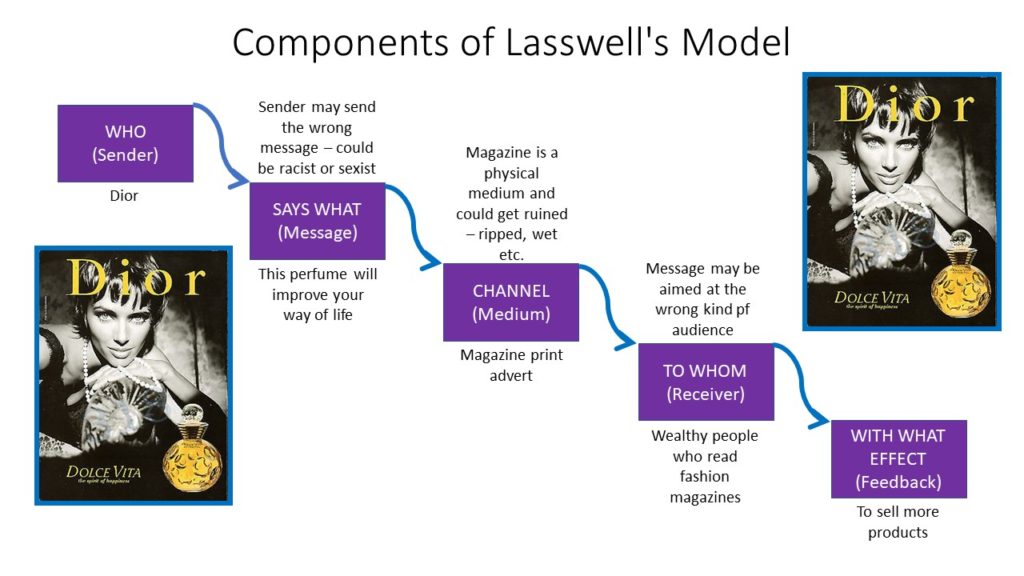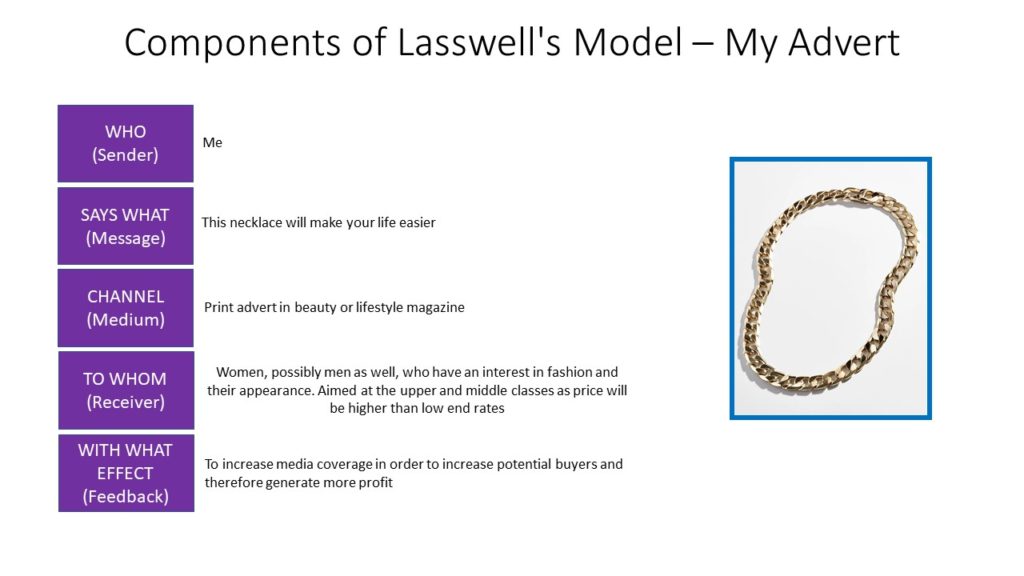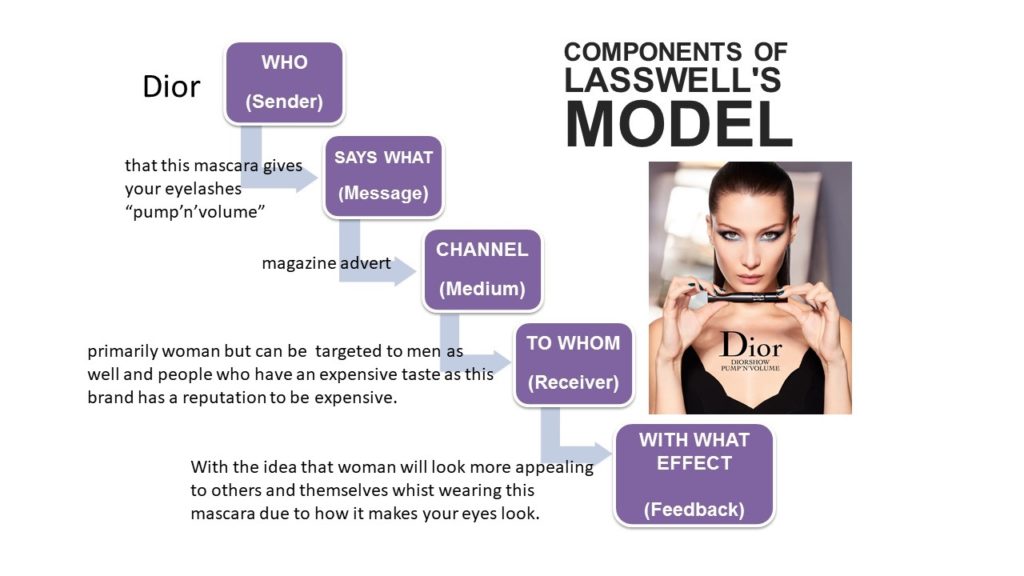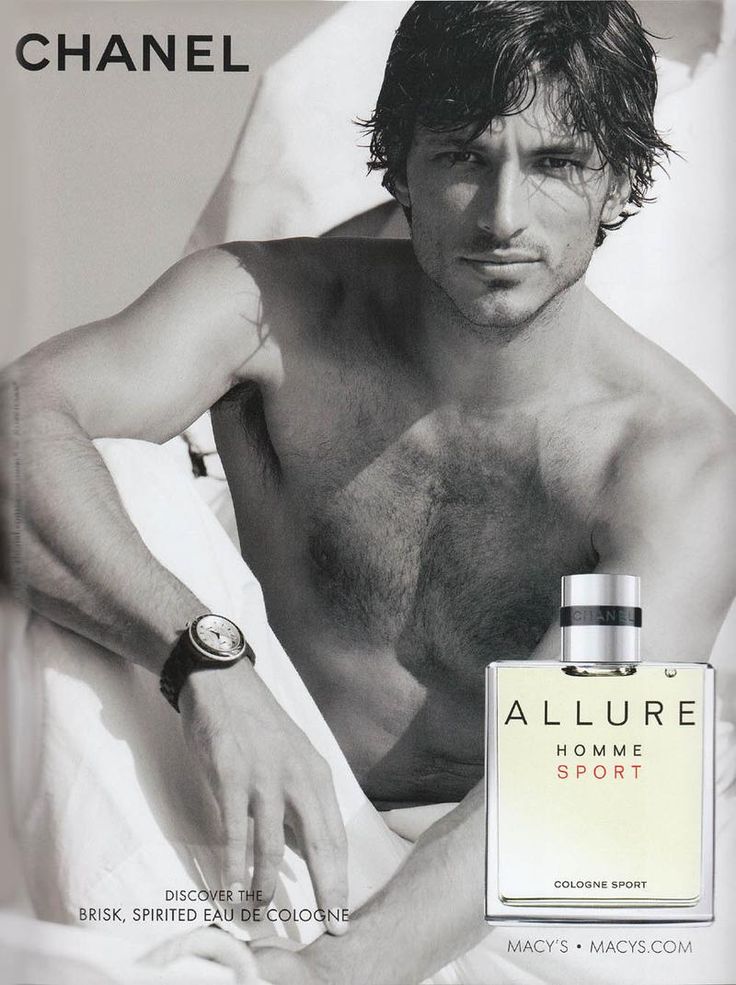Quantitative vs Qualitative
Quantitative – Number relative, eg. amount of something, number of sales etc.
Qualitative – A more consumer focused approach using words for individuals. Would rather know why opposed to how many.
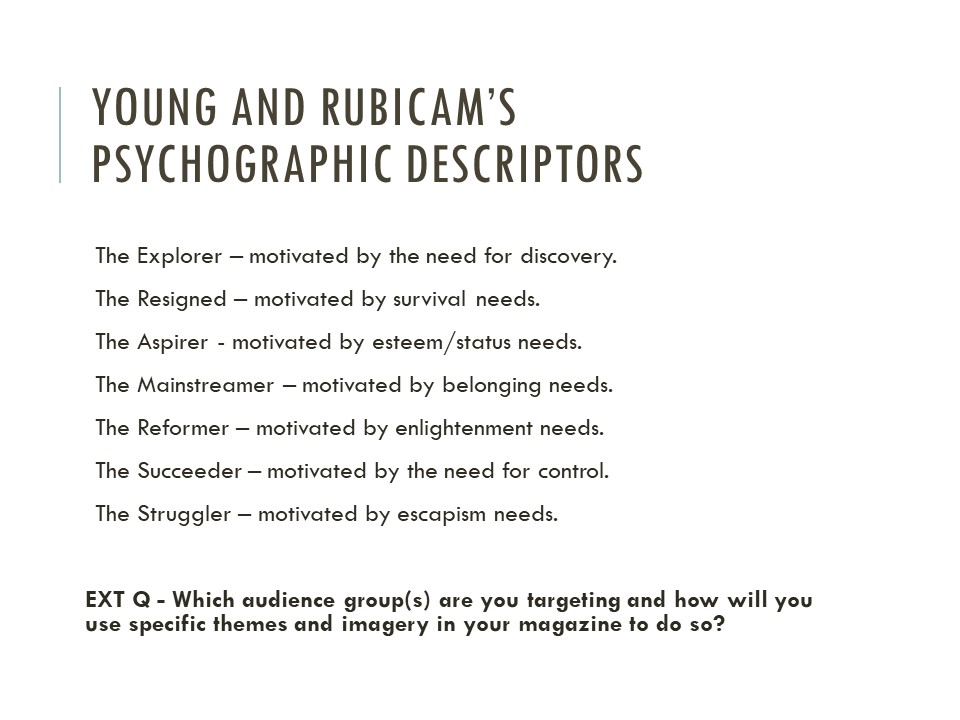
Hypodermic Model

Harold Lasswell played an important role in the development of understanding of how media is consumed. His writings in ‘Propaganda Technique in the World War, “highlighted the brew of ‘subtle poison, which industrious men injected into the veins of a staggering people until the smashing powers . . . knocked them into submission’”. This is asking how did political leaders convince members of the public that going to war was worth dying for.
Two-Step-Flow of Communication

At a similar time, Paul Lazarfeld developed a model showing the understanding of how message sent isn’t always message received. This is due to the complexity of the simple, linear models.

